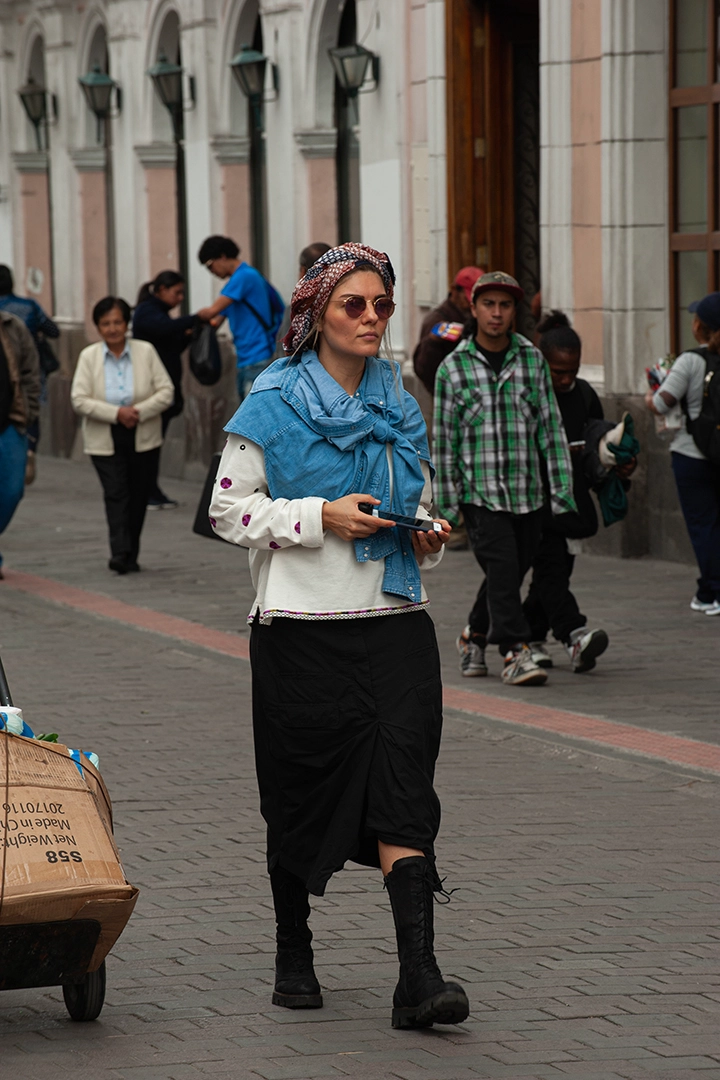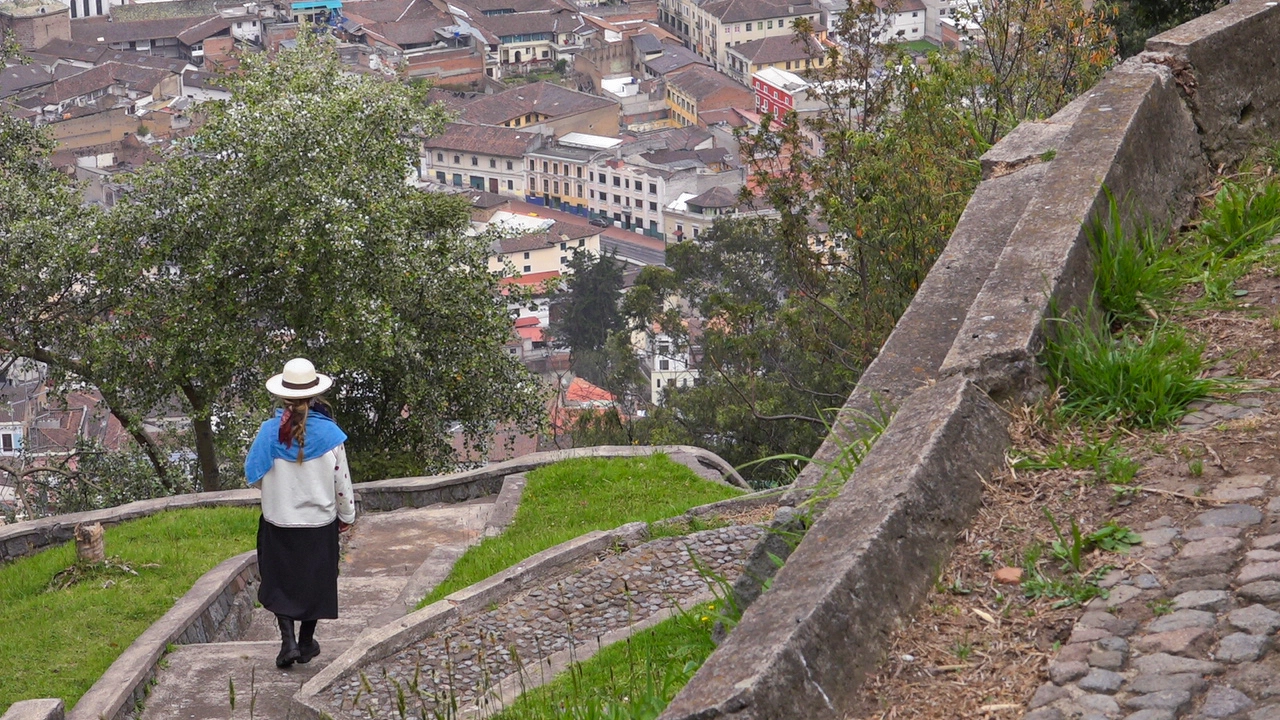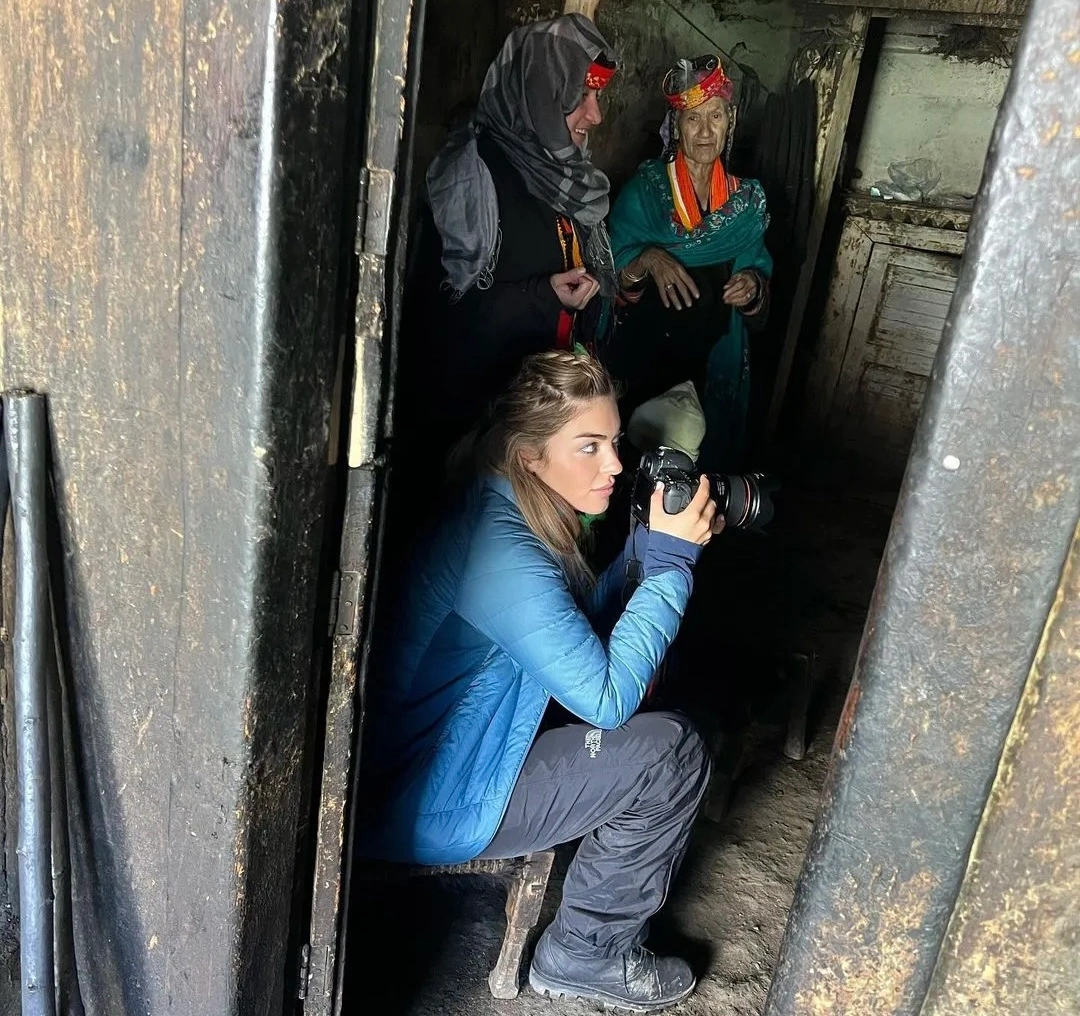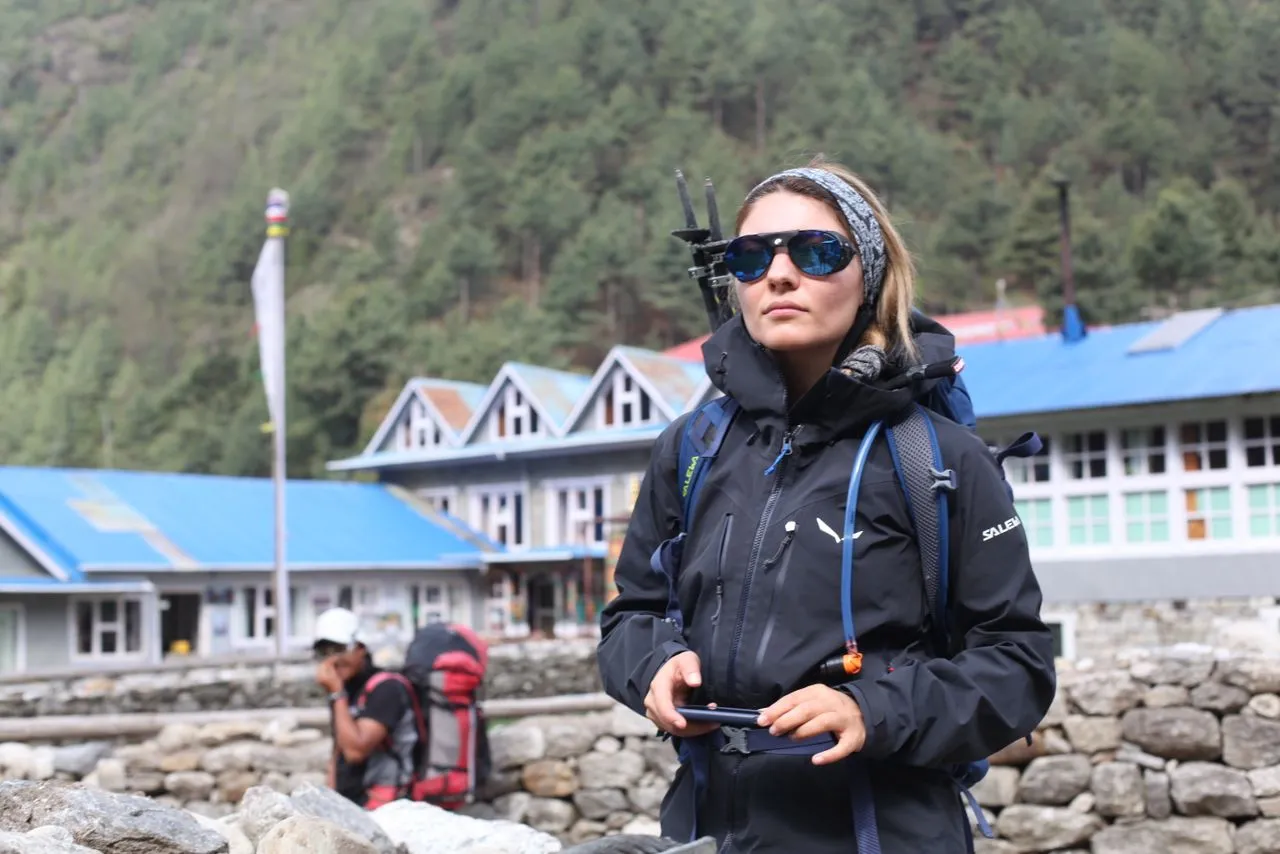Gender Dynamics and Social Perspectives
Ecuador (2017). I left Quito, the capital. I have already targeted to study the food and social structure of the nation. As the hospitable indigenous people are my hosts, I will enjoy this golden opportunity to observe what I have already decided. Divided by the Andes into the dense vegetation of the Amazon tropical rainforest and the greenness of the South Pacific shore, Ecuador is home to abundant food diversity, proved by the popularity of the farming profession. As fundamentally as language represents cultural roots, food is the principal ingredient of a nation’s culture.
Although it initially seems that eating food is a biological reaction to hunger, decoding people’s eating habits and food variety will reveal a nation’s social perspectives and thoughts. Food is directly related to gender studies. Food production, shopping, preparation, cooking, consumption, and sharing such tasks depend directly on gender. This is where sexuality decides, and being a woman means dominance. Dividing food into women’s, men’s, and kids’ categories proves that social status depends on gender to a considerable extent. The first thing that grabs my attention regarding food in Quito is how closely food is related to gender.
Women rule private and public kitchens; better to say, they run the food industry in Ecuador. Although food is not shared according to gender in modernized urban life, it is sensitive in indigenous tropical life, where the father receives food first. It means they have the biggest and most nutritious one. Villages have central kitchens. Women prepare food for their families and share it with others; therefore, they buy, prepare, and cook food.
Walking around cities and villages, I see women cooking food on urban streets and roads. They make food for their family but to sell it to pedestrians. This is a circle of life chain. This narrows the border between private and public life, which is why public life happens actively, energetically, and livelily. Playing the guitar, singing, and dancing paint life colorfully in such places. Women’s participation is crystal clear.
Restaurants are not places only to eat but to spend time, chat with others, and relax. Restaurants are the target for my observations as there are many, from small local ones to expensive big city restaurants.

Political Fluctuations and Culinary Evolution
For the aim of this journey, I have already studied mythology, traditions, and especially the rich Inca civilization. Apart from gender, religion is another principle that determines whether food is religiously accepted as edible, halal, or not Haram. A religious calendar for fasting leads us to obey social law and order.
What comes next is history, which plays a key role in food anthropology. Studying significant historical events, like wars, riots, revolutions, famine, and abundance, allows us to realize how decisively recipes changed as time passed. Ecuador has seen many riots since its independence from Spain in the 19th century. Establishing a clear border between Ecuador and Peru in the Amazon caused a war in 1940. Such riots are still going on as political parties clash. Simple and plain recipes, including mixing different types of potatoes, one-ingredient dishes, and cooking fish as easily and simply as possible, are the fruit of this period.
On the other hand, there are complex and expensive recipes containing various types of meat, rice, and spices, from pepper to saffron. These all prove the political fluctuations in Ecuador’s contemporary history.
Cocoa planting has a long history in Ecuador. Encomienda was the Spanish’s political approach to their colonies. A Spanish immigrant was officially bestowed some native laborers who had to work in plantations. Escape or disobedience would result in severe punishment. Spanish colonists taught the language and Catholicism. Slavery was abolished in 1720. Since then, post-colonial studies have been important in the history of cocoa farming.
Rituals, Traditions, and Identity Formation in Ecuador
Globalization, food mass production, and global chain restaurants go hand in hand with social media expansion to exchange recipes internationally. An old Ecuadorian lady complained that everything had changed! Traditional food recipes are changing! People no longer eat together as a family and miss the opportunity to talk and make decisions with each other!
My interviews about everything and anything with the natives reveal how food creates a cultural exchange. In rural areas, inviting people to eat on different occasions, such as weddings, funerals, or birthdays, is a cultural sign. Accepting means friendship, while rejecting means hostility. Such food rituals at carnivals, celebrations, or religious occasions are done to form an identity reunion.
Rain will not stop, and roads are damaged and eroded by it. Flights are delayed, and there are two reasons I have made my appointment with a lecturer from the University of San Francisco de Quito. My questions will remain unanswered.
I studied food anthropology when I traveled to Ecuador, and the abundance of research in this field astounded me. Claude Levi-Strauss surprisingly introduces humans as animals who can cook. He notes that cooking is a transition from nature to culture, as it happens the same when raw is cooked. Animals eat anything as they are animals in essence, yet humankind chooses what is eatable from what is not, based on social conventions.
I enjoy visiting nations and trying their food, so I will go on researching and studying. I would love to visit Ecuador again with all I have learned. No doubt I will have more to tell you next time.





